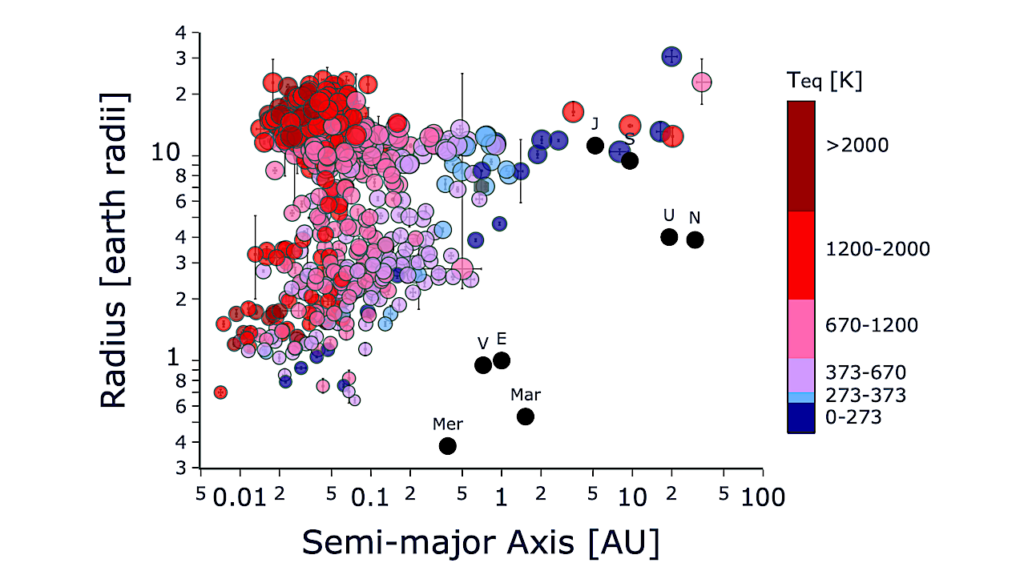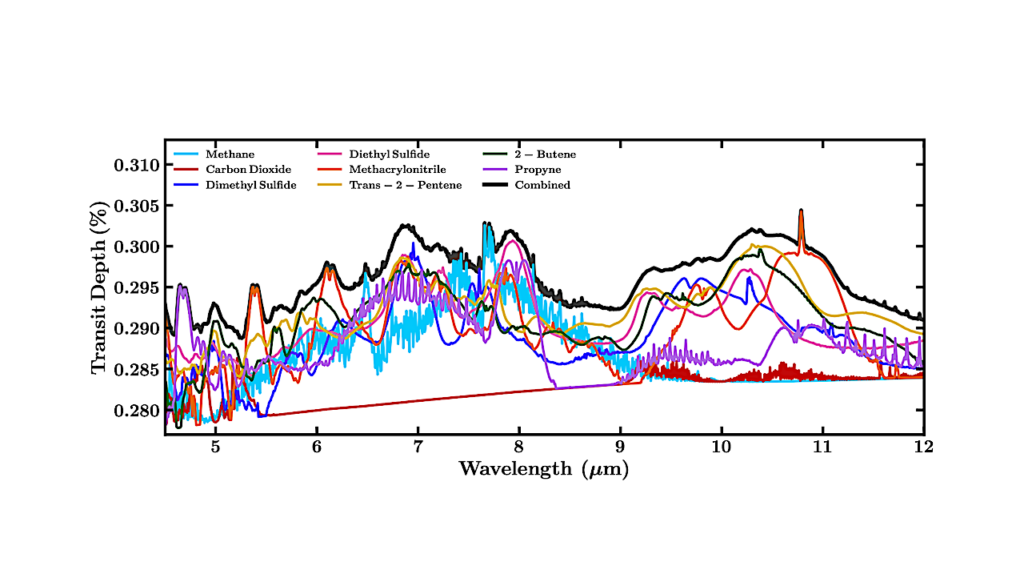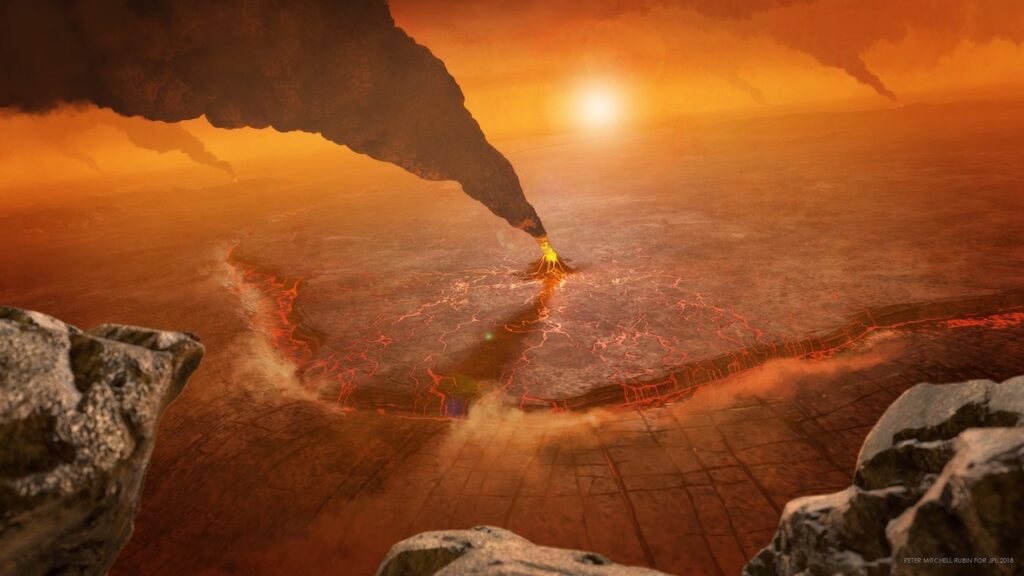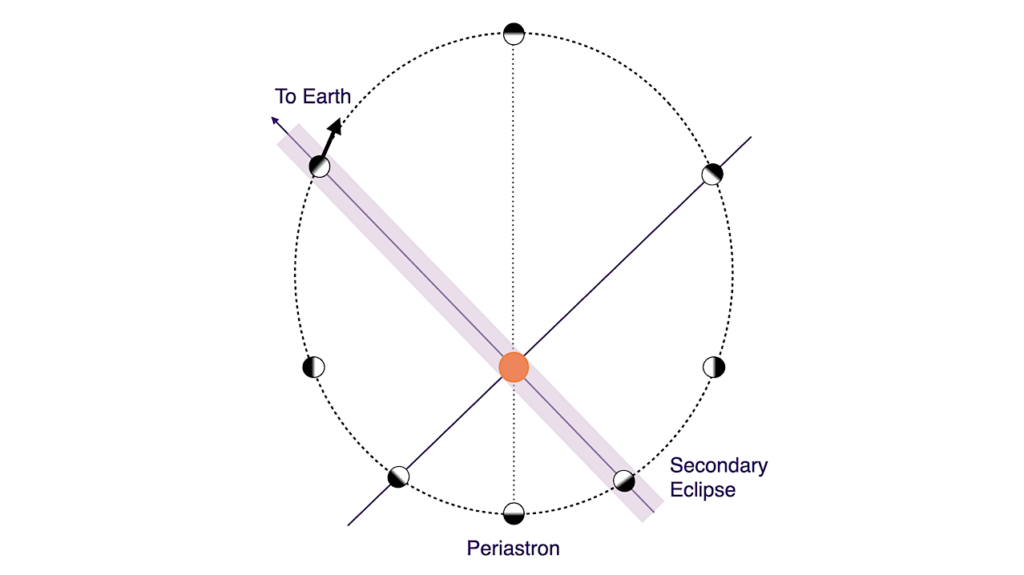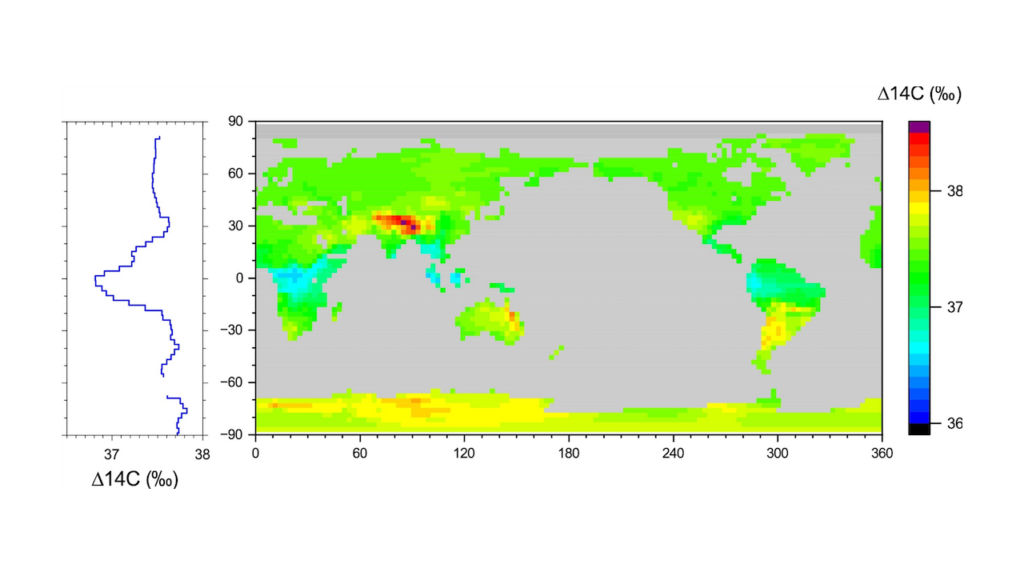Evolution Of Steam Worlds: Energetic Aspects
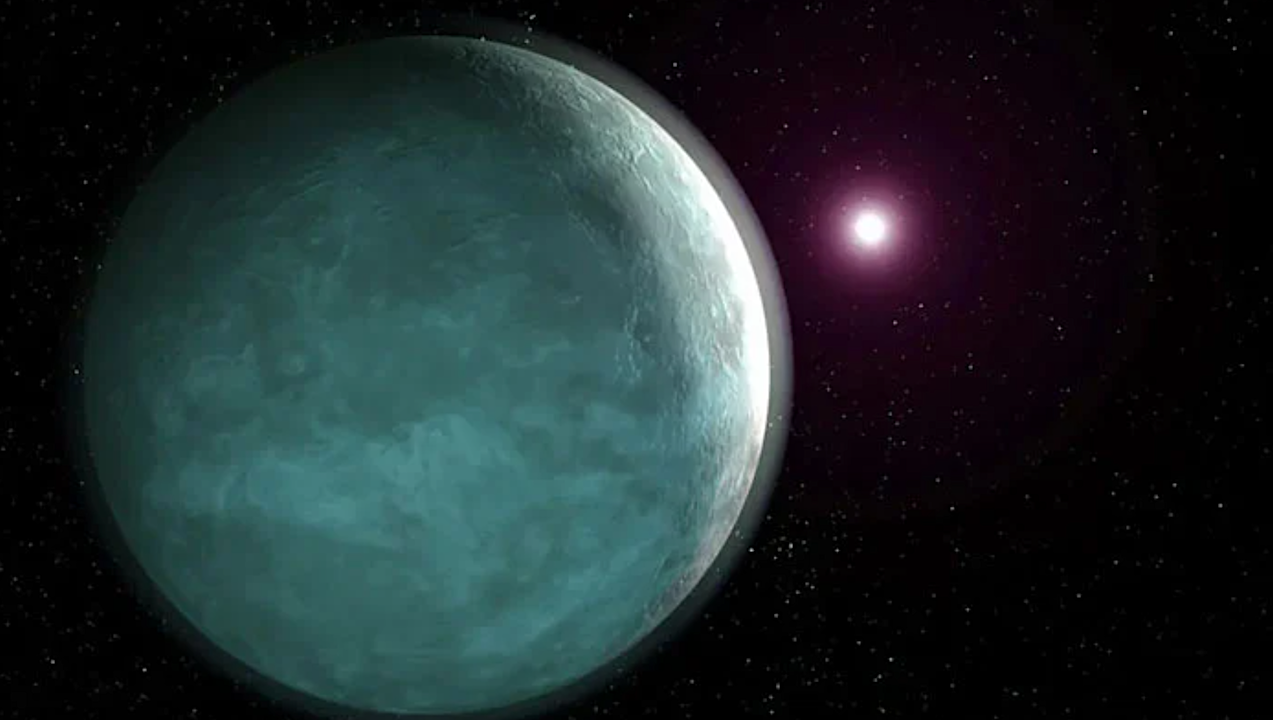
Sub-Neptunes occupy an intriguing region of planetary mass-radius space, where theoretical models of interior structure predict that they could be water-rich, where water is in steam and supercritical state.
Such planets are expected to evolve according to the same principles as canonical H2-He rich planets, but models that assume a water-dominated atmosphere consistent with the interior have not been developed yet.
Here, we present a state of the art structure and evolution model for water-rich sub-Neptunes. Our set-up combines an existing atmosphere model that controls the heat loss from the planet, and an interior model that acts as the reservoir of energy. We compute evolutionary tracks of planetary radius over time.
We find that planets with pure water envelopes have smaller radii than predicted by previous models, and the change in radius is much slower (within ∼10%).
We also find that water in the deep interior is colder than previously suggested, and can transition from plasma state to superionic ice, which can have additional implications for their evolution. We provide a grid of evolutionary tracks that can be used to infer the bulk water content of sub-Neptunes.
We compare the bulk water content inferred by this model and other models available in the literature, and find statistically significant differences between models when the uncertainty on measured mass and radius are both smaller than 10%. This study shows the importance of pursuing efforts in the modeling of volatile-rich planets, and how to connect them to observations.

Interior structure models in the mass-radius plane (left panel) and slice at 5 M⊕ in the radius-time plane (right panel): evolving steam worlds (red solid lines, A24), static steam worlds (blue dashed lines, A21), 50% isothermal steam worlds (teal solid line, Z19), Earth-like planets (brown solid line, Z16), and 5% H2-He planets (yellow solid lines, LF14). Red and blue lines are shown for bulk water content of 10%, 50% and 100%, and for the red lines an M-type host star is assumed. Red and yellow shaded regions represent the span of evolution models of A24 and LF14, respectively. LF14 evolution is shown between 0.1 and 10 Gyr. A24 evolution is shown between 0.02 Gyr and 20 Gyr. All models assume an equilibrium temperature of 700 K. Red dotted lines correspond to cases where the steam atmosphere thickness is underestimated by 1% because of constant surface gravity (see B). Exoplanets properties are obtained from the NASA Exoplanet Archive, including 6 planets of interest shown with orange stars (see C for details). Solar system planets are shown with orange circles. — astro-ph.EP
Artyom Aguichine, Natalie Batalha, Jonathan J. Fortney, Nadine Nettelmann, James E. Owen, Eliza M.-R. Kempton
Comments: Submitted to ApJ
Subjects: Earth and Planetary Astrophysics (astro-ph.EP)
Cite as: arXiv:2412.17945 [astro-ph.EP] (or arXiv:2412.17945v1 [astro-ph.EP] for this version)
https://doi.org/10.48550/arXiv.2412.17945
Focus to learn more
Submission history
From: Artyom Aguichine
[v1] Mon, 23 Dec 2024 19:57:10 UTC (845 KB)
https://arxiv.org/abs/2412.17945
Astrobiology,


